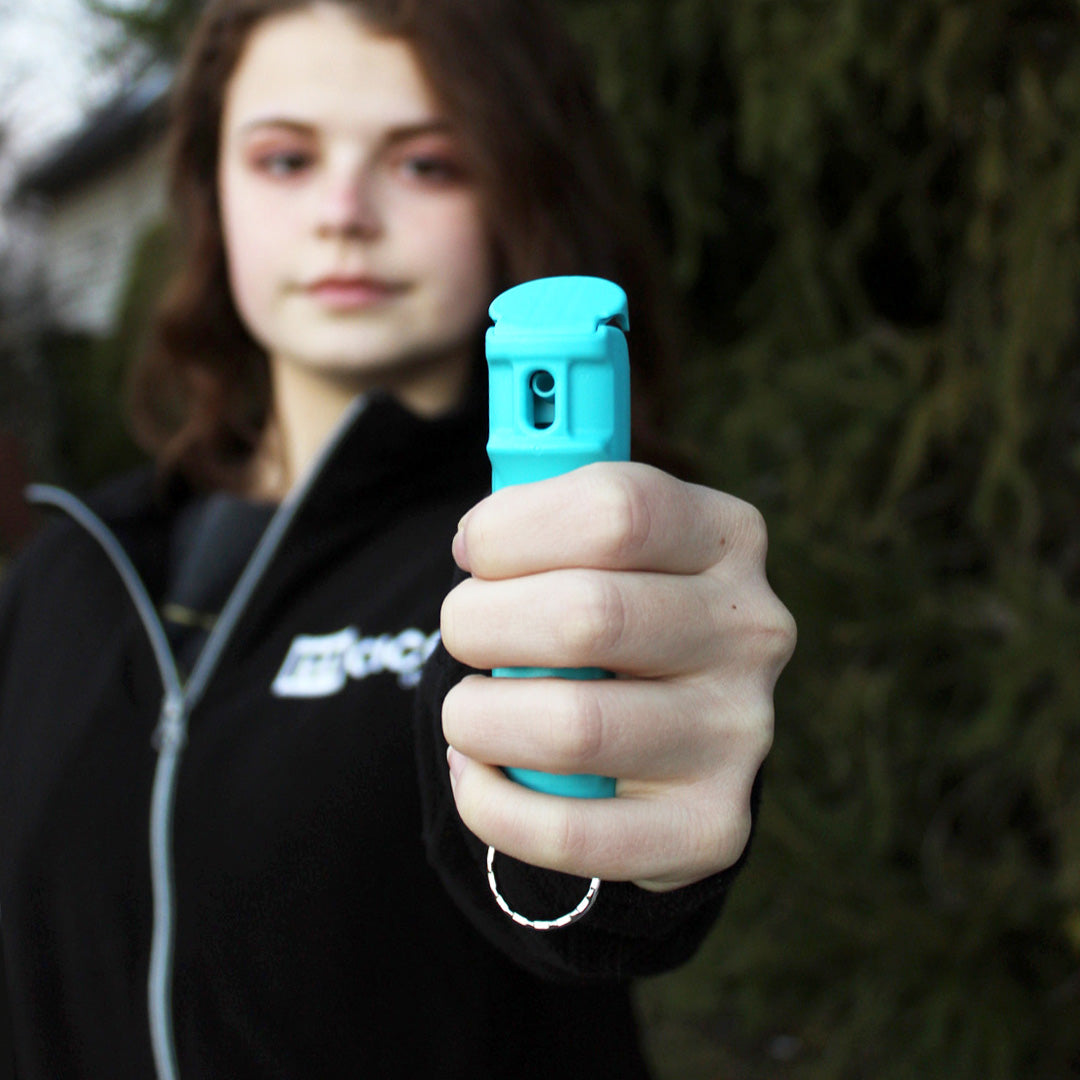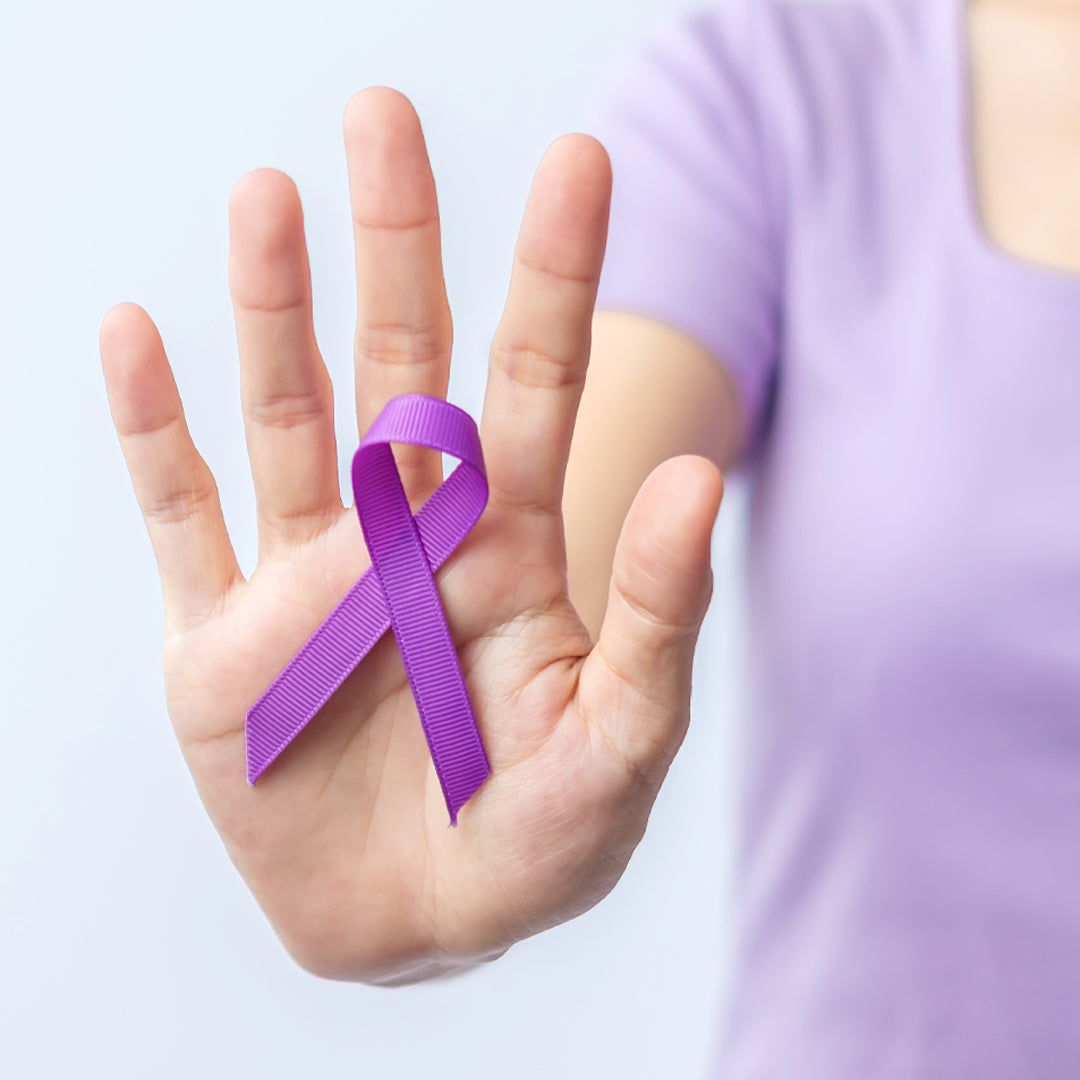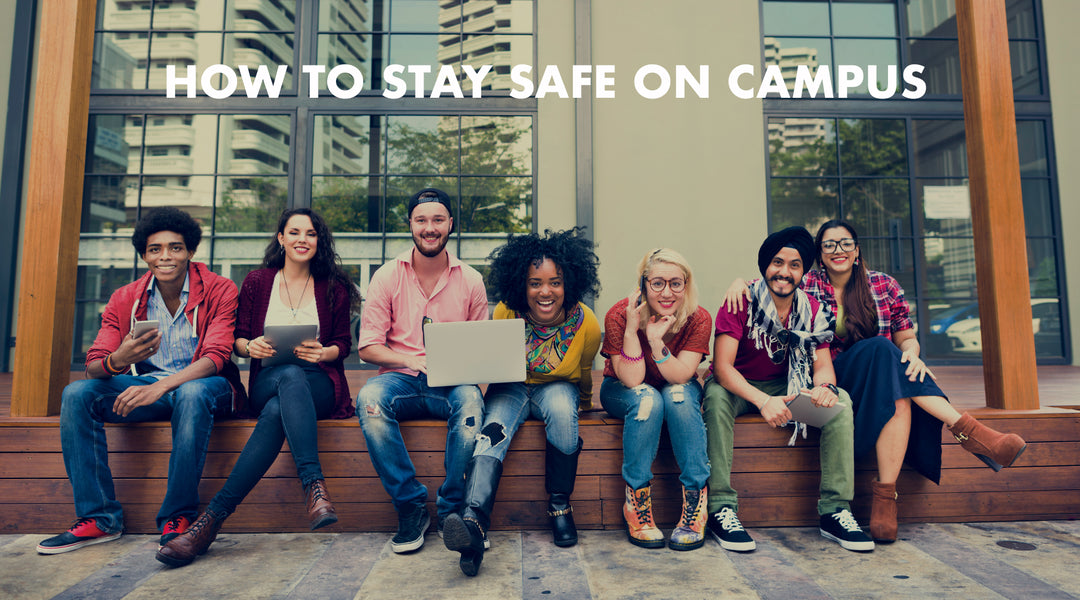Domestic Violence Insights | Mace®

Surprising Insights on Domestic Violence That We All Should Know About
Trigger warning: This post contains references to domestic violence and sexual abuse. Please be advised. If you or someone you love is being impacted by domestic violence, help is available today by calling the National Domestic Violence Hotline: 800-799-7233
It’s Domestic Violence Awareness Month, and we wanted to look more closely at the topic to understand who is impacted, what signs to look for, and what people can do to get help or help those they love.
What Is domestic violence?
The National Coalition Against Domestic Violence (NCADV) defines domestic violence, also known as “intimate partner violence” or “domestic abuse”, as:
The willful intimidation, physical assault, battery, sexual assault, or other abusive behavior that is part of a systematic pattern of power and control perpetrated by one intimate partner against another. It includes physical violence, sexual violence, threats, and emotional/psychological abuse.(1)
How prevalent is domestic abuse in the U.S.?
More than 10 million adults in the U.S. experience domestic violence every year, and intimate partner violence accounts for 15% of all violent crimes in the nation. That’s nearly 20 people per minute that are physically abused by an intimate partner.(1)
Women are more likely to be victims of domestic violence, but it happens to men far more than you might think. NCADV says that 1 in 4 women and 1 in 10 men experience sexual violence, physical violence, and/or stalking by an intimate partner during their lifetime.(1)
NCADV also suggests that domestic violence is ubiquitous:
Domestic violence is prevalent in every community and affects all people regardless of age, socioeconomic status, sexual orientation, gender, race, religion, or nationality. Physical violence is often accompanied by emotionally abusive and controlling behavior as part of a much larger, systematic pattern of dominance and control. Domestic violence can result in physical injury, psychological trauma, and even death. The devastating consequences of domestic violence can cross generations and last a lifetime.(1)
What does abuse look like?
The National Domestic Violence Hotline (2) offers insight into a number of the actions that are common with domestic abuse. Many of the top signs include controlling, dominating, and isolating behaviors such as discouraging time with other friends and family, preventing a person from making decisions, and controlling finances and spending.
A great deal of abuse is also about breaking down a person’s sense of self-worth. An abuser may frequently make degrading or criticizing comments. For example, they may say “you never do anything right” or “you’re a terrible friend, parent, or partner.”
The United Nations (3) goes on to define this sort of abuse further, suggesting abusers may intimidate with looks, comments, or other threatening behavior. Other abusive non-violent behaviors to look out for include:
- Does not trust what you say
- Acts in a jealous or possessive manner
- Monitors where you go, and who you spend time with
- Punishes you by withholding affection
- Expects you to ask for permission
- Threatens to hurt you or your children, family, or pets
- Humiliates or degrades you in any way
Domestic abuse often escalates beyond emotional sabotage to physical violence, including actions like hitting, kicking, burning, grabbing, pinching, shoving, slapping, hair-pulling, biting, and other forms of physical violence. Physical abuse from a domestic partner may also include:
- Destruction of property or valuables
- Withholding medical care or contacting the police
- Forcing drug and/or alcohol use
- Abandonment in dangerous or unfamiliar places
- Using a weapon to threaten or inflict injury
- Forcing or preventing you from leaving
- Hurts your children, loved ones, or pets
- Uses physical force in sexual situations
Where to find help
At Mace, we believe every person has the right to live their life free of abuse and violence. We offer personal defense products that can help people to be prepared if they face a threat—along with helpful advice and resources to stay safe.
If you or someone you love is being impacted by domestic violence, you can find resources through the Centers for Disease Control and Prevention, United Nations, National Coalition Against Domestic Violence, National Domestic Violence Hotline (NDVH), and other national and regional organizations. You can also get help today by calling NDVH at 800-799-7233.
Reference:
1 National Coalition Against Domestic Violence. National Statistics Domestic Violence Fact Sheet. Accessed: October 2022.
2 National Domestic Violence Hotline. Identifying abuse. Accessed: October 2022.
3 United Nations. What is domestic abuse? Accessed: October 2022.









Leave a comment